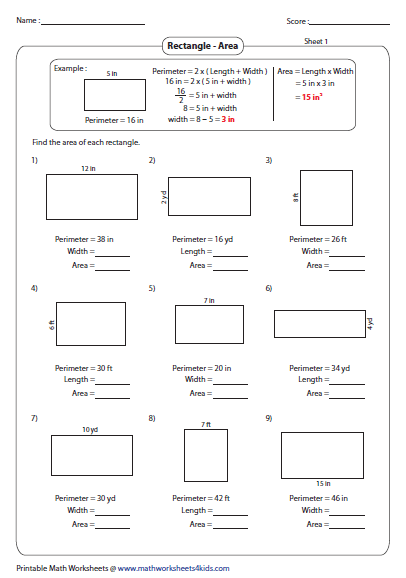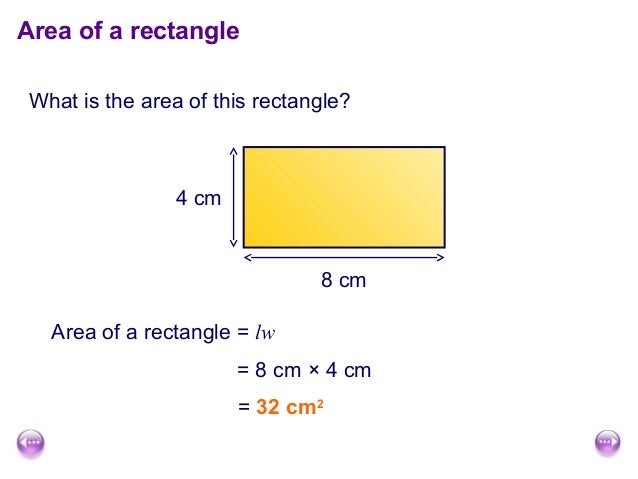

Now, looking at the leg’s visual origin, it has both a xyz and rpy offset.Since we didn’t specify a rpy (roll pitch yaw) attribute, the child frame will be default have the same orientation as the parent frame. This means that the origin for the child link will be up and to the right, regardless of the child link’s visual origin tag. So we are -0.22 meters in the y direction (to our left, but to the right relative to the axes) and 0.25 meters in the z direction (up). It is defined in terms of the parent’s reference frame. Let’s start by examining the joint’s origin.Also, it doesn’t attach to the middle of the leg, it attaches to the upper part, so we must offset the origin for the leg as well. So that’s where we specify the origin of the JOINT to be. R2D2’s leg attaches to the top half of his torso, on the side. If we want them not to overlap we must define more origins. Roslaunch urdf_tutorial display.launch model:=urdf/02-multipleshapes.urdfīoth of the shapes overlap with each other, because they share the same origin. This means that the leg’s position is dependent on the base_link’s position. URDF is ultimately a tree structure with one root link. The joint is defined in terms of a parent and a child.Note how we defined a 0.6m x 0.1m x 0.2m box.We’ll start with inflexible, or fixed joints. Joint elements can refer to both flexible and inflexible joints. If we just add more link elements to the urdf, the parser won’t know where to put them.
#Find area of rectangle visual kids how to#
Now let’s look at how to add multiple shapes/links.

Hence, half the cylinder is below the grid.

To translate the XML into English, this is a robot with the name myfirst, that contains only one link (a.k.a.


 0 kommentar(er)
0 kommentar(er)
